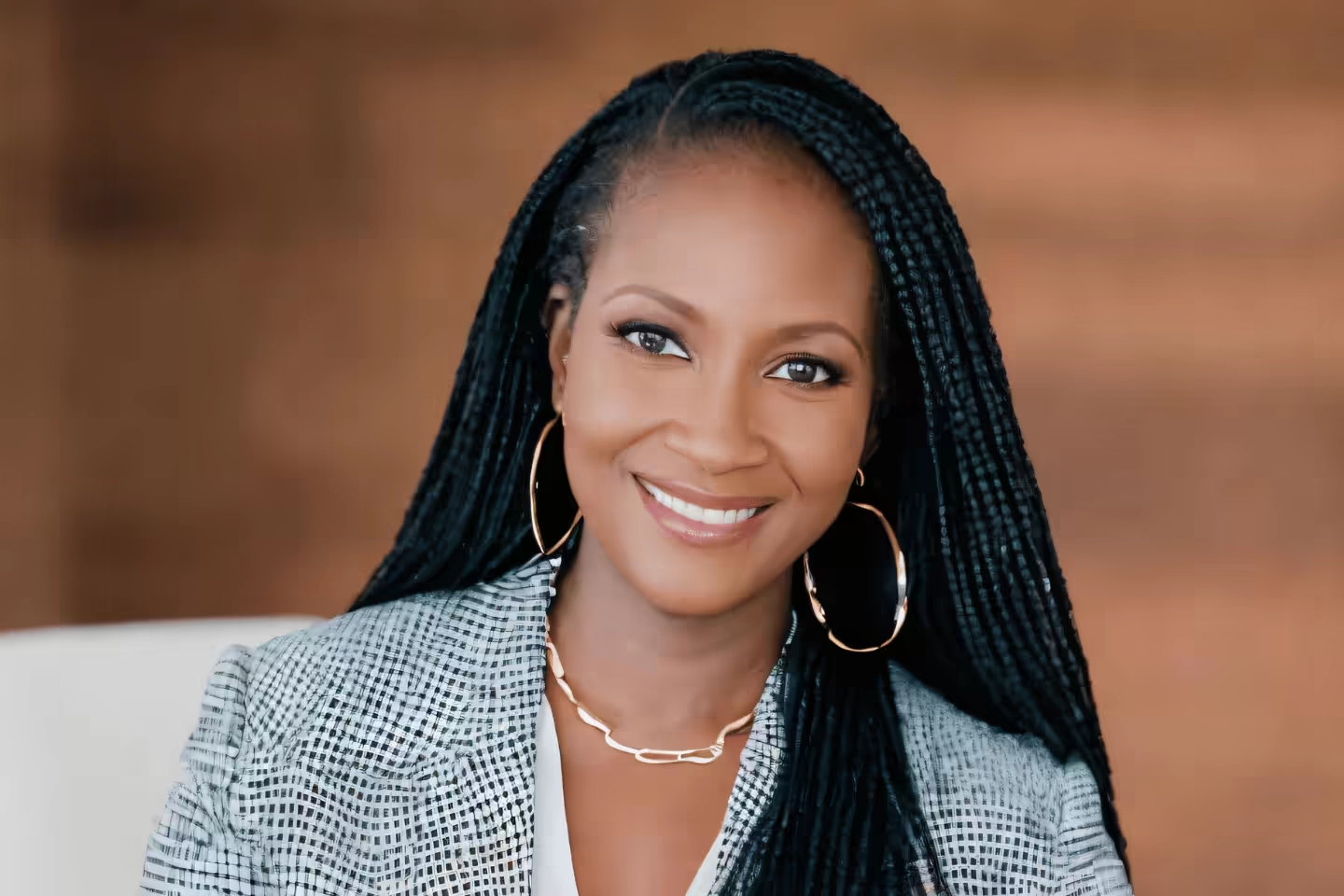We live in a world where first impressions are increasingly made in the digital environment, whether we like it or not. This shift means that we must pay attention to how our LinkedIn profiles, online resumes, and even social media platforms present us to potential employers. A strong digital first impression can be the key to landing that dream job. Enter Portrait Pal—a tool leveraging AI technology that promises to help you craft that perfect digital first impression.
The Challenge of Professional Photography
In the past, one major hurdle was the inability of many individuals to afford a professional photo session. Busy schedules and the high costs of professional photography meant that most job seekers couldn't present themselves with the polished, high-quality portraits often seen on the resumes of others. This is where artificial intelligence has stepped in to bridge the gap.
Portrait Pal, an AI-driven program, allows users to generate professional, polished-looking photographs that can be used across resumes, LinkedIn profiles, and social media portfolios. With the help of AI, individuals who may not have access to professional photographers can now present themselves in a way that enhances their first impression in the digital world.
The Dark Side of AI: Fake Personas and Misrepresentation
However, as with all advancements in technology, AI can be used for both good and ill. While many people are using AI technology to enhance their photographs, some are crossing ethical boundaries by using it to create a completely false image. This misuse of AI allows individuals to generate photos that bear little to no resemblance to their true appearance. Imagine an employer inviting a candidate for an interview, only to discover that the person who shows up looks nothing like the AI-enhanced image on their resume. This creates a significant problem for both employers and candidates.
This raises an important question: when it comes to using AI to enhance portraits, how much is too much? The debate centers around whether it is acceptable to use AI for minor improvements, such as smoothing out a background or removing blemishes, versus creating an entirely altered image that misrepresents one's true appearance.
Using AI for Subtle Enhancements
The key to using AI technology responsibly lies in its intended purpose: enhancing real features rather than fabricating an entirely new persona. AI should be used to refine selfies, improve background quality, or touch up small imperfections—just as a professional photographer would do, but at a much lower price tag.
AI photo enhancers are designed to be user-friendly, with a lower learning curve than more complex programs like Photoshop. This ease of use makes AI-driven photo enhancement a great tool for job seekers who want to make a positive first impression without the hassle and expense of professional photography. In the age of digital profiles, a well-presented, clean, and professional photo can be an important factor in making you stand out from other candidates.
The Risks of Over-Editing
While AI technology can be fun to experiment with, it is important for job seekers to understand the risks of over-editing their photos. The temptation to create an image that looks perfect is understandable, but if that image is a significant departure from reality, it could backfire. Employers are increasingly savvy and will often review your entire digital footprint before bringing you in for an interview. If your online persona, including your AI-enhanced photo, doesn't align with the person they meet, the discrepancy could raise red flags.
This issue goes beyond just the appearance of a photo. It can also extend to how you present yourself online in terms of your personality and demeanor. If your online persona is vastly different from your true self, the consequences could be far-reaching. Employers may feel misled, and this could result in lost opportunities or damage to your reputation.
The Importance of Authenticity in the Digital Age
In the digital age, your online presence often serves as the first impression that potential employers will have of you. Whether we like it or not, your digital footprint is quickly becoming the new “resume,” with your online image, personality, and professional attributes being scrutinized long before an in-person meeting takes place.
As such, it's crucial to strike a balance between using AI for enhancement and maintaining authenticity. While it’s perfectly acceptable to use AI to enhance a photograph’s quality, it's important not to cross the line into deception. AI tools should be seen as a way to present the best version of yourself, rather than an opportunity to invent an entirely different persona. Employers want to see that you are approachable, professional, and aligned with the image you present in your digital profiles.
How Much AI Is Too Much?
Ultimately, the question of how much AI enhancement is too much boils down to transparency. It’s important to remember that potential employers and clients are looking for someone who is genuine and authentic. While editing your digital images to look more professional is one thing, creating a completely altered version of yourself is another.
The AI technology we have at our disposal today is powerful, and it is tempting to use it to perfect every aspect of our appearance. But in the world of job applications, authenticity will always trump fabrication. A picture may be worth a thousand words, but if it’s not an accurate reflection of who you are, it might cost you more than just a job.
Conclusion: Enhancing, Not Fabricating
Artificial intelligence can be a powerful tool for job seekers, helping them enhance their digital first impression and present themselves more professionally. However, it is essential to use AI responsibly. Rather than using it to completely alter your appearance or create a fake persona, the goal should be to use AI to polish and refine what is already there. Enhance your background, smooth out blemishes, or create a more professional setting for your portrait—but always ensure that the image you present is still a truthful reflection of yourself.
At the end of the day, AI should be used to enhance your first impression, not to deceive. By striking the right balance, you can use AI technology to boost your digital presence while still staying true to who you are. This will help you present the most professional and authentic version of yourself to potential employers, ensuring that your first impression leads to a successful second one.



